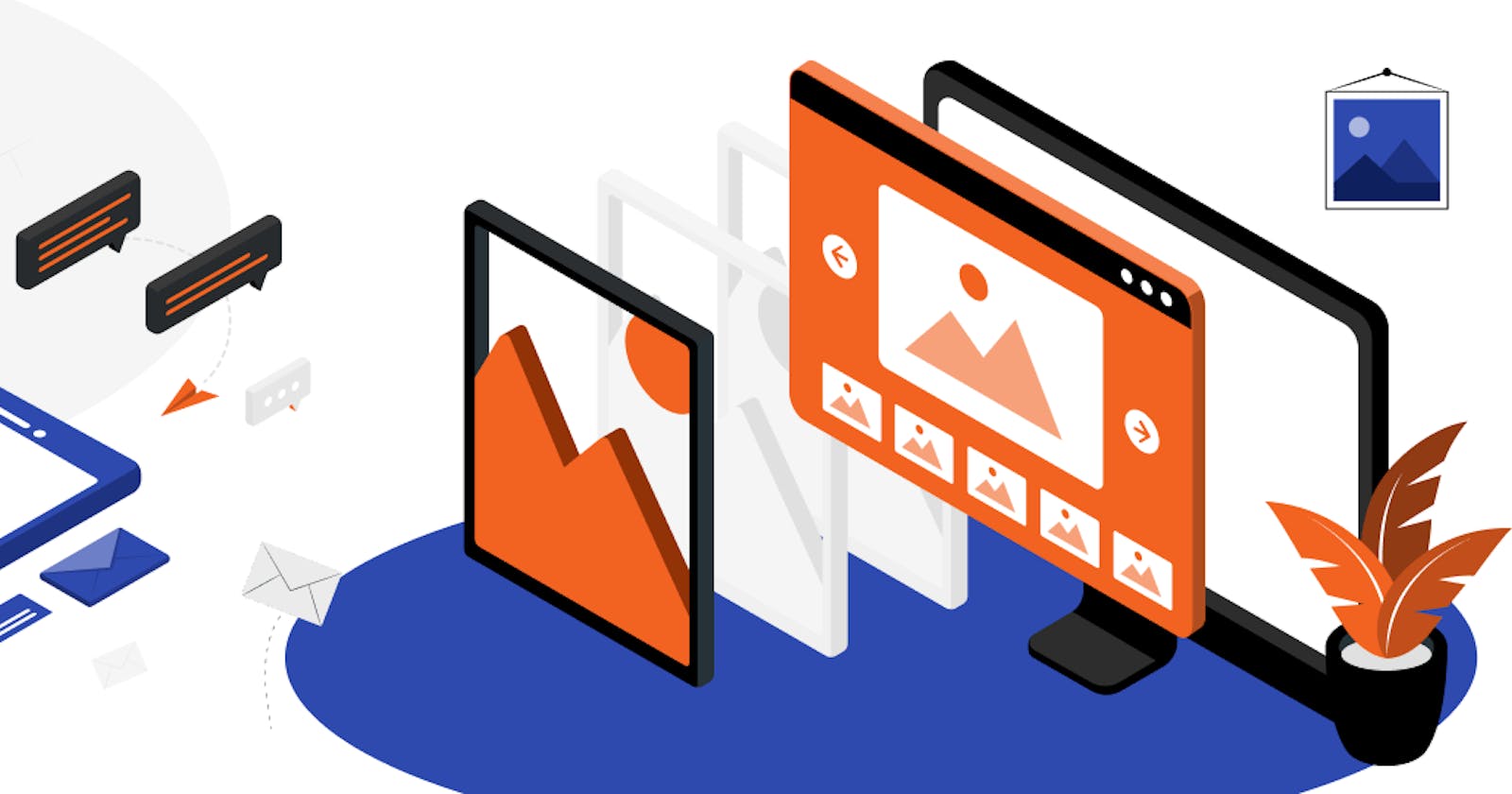Table of contents
- Upfront Shopify Website Costs
- Shopify Plan
- Shopify Theme
- Web Design and Development Services
- Development Stages of a Custom Shopify Website
- 1. Project Plan
- 2. Design
- 3. Development
- 4. Integrations and Apps
- 5. Testing
- 6. Support
- How Much Does a Custom Shopify Store Cost?
- Tips and Tricks to Reduce Shopify Store Costs
- Final Thoughts
The article was initially published in WebMeridian blog.

Are you thinking of launching an online store on Shopify? If so, you might be wondering about the cost of a custom Shopify website. As with any project, it’s essential to understand the expenses upfront to budget accordingly.
In this article, we’ll look at the custom Shopify website costs to consider, as well as tips and tricks for reducing them.
Creating a custom Shopify website that meets your needs and preferences can be a worthwhile investment for your online business. However, there are some Shopify website costs to consider. These include:
Upfront Shopify Website Costs
Shopify charges monthly fees for its platform and offers five different plans.
The Starter plan costs $5 per month and only allows you to sell on social media and messaging apps or use a ‘Buy Button’ to embed your products on an existing website.
The Basic plan costs $39 per month and allows you to create a standalone online store with unlimited products and two staff accounts.
The Shopify plan costs $105 monthly and offers five staff accounts, professional reports, and additional features like gift cards and abandoned cart recovery.
The Advanced plan costs $399 monthly and provides 15 staff accounts, advanced reporting, and custom third-party shipping rates.
Finally, the Shopify Plus plan is available for negotiated pricing, typically around $2,000 per month, and offers high-volume businesses a dedicated support team, API access, and more.
Shopify Plan
You can choose from hundreds of free or paid themes on the Shopify marketplace or other platforms. The average cost of a paid theme is around $150-$350.
Alternatively, you can hire a web designer or developer to create a custom theme from scratch that matches your brand identity and goals. The cost of a custom theme can vary depending on the customisation required, but it typically ranges from $500-$2000.
Shopify Theme
You can find thousands of free or paid apps on the Shopify app store or other platforms to help you with:
marketing,
sales,
customer service,
inventory management, etc.
The average cost of a paid app is around $10-$50 per month. However, some apps may charge based on usage or transactions instead of a fixed monthly fee. You can hire a web developer to create custom apps for your website if you need more advanced or specific features.
The cost of custom apps can vary depending on the complexity and scope of the project, but it typically starts from $1000-$5000.
Web Design and Development Services
If you don’t have the time or skills to create your own custom Shopify website, you can hire professional web designers and developers who specialize in Shopify development. They can help you plan, design, develop, test, and launch your website according to your requirements and best practices.
The cost of web design and development services can vary depending on the experience and reputation of the service provider, the size and complexity of your project, and the timeline and deliverables.
Development Stages of a Custom Shopify Website
The development stages of a custom Shopify website can be broken down into six stages: project plan, design, development, integrations, apps, testing, and support. Each stage has its timeline and potential pitfalls that can impact the cost of a Shopify store.
1. Project Plan
The planning stage comes first and helps you define what you want to achieve with your website and how you will measure its success. It also helps you communicate clearly with your web designer or developer (if you hire one) and avoid misunderstandings or conflicts later.
This stage can take anywhere from 10–30 hours, depending on the complexity of your project and how well-prepared you are.
Some common pitfalls in this stage are:
Not having clear objectives or expectations.
Not researching your target market, competitors, or industry trends.
Not setting realistic deadlines or milestones.
Not allocating enough resources or budget.
2. Design
The design stage involves choosing a theme (or creating one from scratch), selecting colours, fonts, images, icons, and other visual elements, and arranging them into user-friendly, responsive, and attractive layouts.
During this stage, developers use wireframing and prototyping to nail the UX design from the very first stages.
The design stage can take anywhere from 60–120 hours, depending on the level of customisation required and the feedback process between you and your web designer. The Shopify website design pricing depends on the level of customisation required, the number of pages involved, and the feedback process between you and your web designer.
Some common pitfalls in this stage are:
Choosing an inappropriate theme that doesn’t match your brand or goals.
Overloading your website with too many elements distracts or confuses users.
Ignoring mobile optimisation or accessibility standards.
Not testing different design options or getting feedback from potential customers.
3. Development
During this stage, the developer will create custom code and integrate features and functionalities according to your project plan and design specifications. They will also ensure your website is user-friendly and responsive to different devices and browsers.
The development stage can take anywhere from 250–550 hours, depending on the complexity of your website. As such, a fully optimised website will typically include features such as:
Search engine optimisation
A product catalogue
An advanced product filter
Email marketing integrations
Related products feature
Abandoned cart feature
Custom payment gateway
Custom cart page, email notifications, and invoices
Some common pitfalls in this stage are:
Choosing a developer who doesn’t have enough experience or skills for your project’s complexity.
Not properly defining the project scope, resulting in scope creep and delays.
Not planning for contingency time or budget for unexpected issues or changes during development.
Not considering the long-term maintenance and scalability of the website during development.
Not accounting for changes or revisions that may come up during development.
Not testing and debugging your website regularly during development.
4. Integrations and Apps
There are many integrations and apps to choose from that impact your Shopify website development cost, including the features and functionalities. During this stage, your developer will install and customise any necessary integrations and apps, such as payment gateways, shipping providers, analytics tools, and social media widgets. This stage can take around 10–25 hours.
Some common pitfalls in this stage are:
Installing too many unnecessary apps, which can slow down your website and increase costs.
Not researching and choosing the right apps for your business needs.
Not testing and debugging integrations and apps before launching your website.
5. Testing
Adding to your Shopify eCommerce website price is the testing phase, which ensures it works correctly and provides a good user experience. During this stage, your development team will test your website’s functionality, performance, security, and compatibility with different devices and browsers. This stage can last up to 20–40 hours overall.
Some common pitfalls in this stage are:
Not testing your website on other devices and browsers.
Not testing your website’s performance under heavy traffic conditions.
Not testing your website’s security against common threats.
Not testing integrations and apps with your website.
6. Support
After accounting for the cost of Shopify website, you will need to factor in ongoing support and maintenance to ensure that your website remains secure, up-to-date, and optimised for performance. During this stage, your developer will provide support and maintenance services, such as updating software, fixing bugs, and providing technical assistance.
Some common pitfalls in this stage are:
Not investing in ongoing support and maintenance services.
Not addressing issues or bugs promptly.
Not keeping your website up-to-date with the latest security patches and software updates.
Not monitoring your website’s performance and making necessary adjustments.
How Much Does a Custom Shopify Store Cost?
The cost to build a Shopify website can vary widely, depending on several factors.
The first factor to consider is the level of customisation you require. A basic custom Shopify website, which includes a simple design and a few products, may cost anywhere from $5,000 to $10,000. However, the cost can quickly increase if you require more advanced functionality, such as integration with a third-party platform or complex custom coding.
The number of products you plan to sell also impacts the cost. If you have a large inventory or plan to add a lot of products in the future, this can affect the design and development of your site, which in turn can impact the cost.
The complexity of your site’s design and the user interface is also a significant factor in determining the cost to start Shopify store. More customisation means increased Shopify store costs.
Additionally, the level of integration you require with other systems, such as your inventory management or payment processing systems, can also impact the cost for a Shopify website.
Finally, it’s important to consider ongoing costs beyond the initial development phase. These can include Shopify’s monthly fees, which range from $29 to $299 per month, depending on your chosen plan.
It can be quite expensive to hire a dedicated Shopify development team from the USA, UK, or Canada because their developer hourly rates are greater than those of those offshore countries, such as Ukraine, Poland, Indonesia, India, etc.
Tips and Tricks to Reduce Shopify Store Costs
When it comes to reducing your Shopify website prices, there are several strategies you can use. Here are some tips and tricks to help you save money without sacrificing quality:
Use a pre-built theme instead of opting for a custom theme.
Minimise apps and integrations by being selective and choosing only the essential apps.
Choose a reliable and affordable hosting provider.
Use compression tools to reduce image and video file size while keeping quality.
Monitor your website’s analytics to identify areas that need improvement using data.
Do your own content updates and maintenance instead of relying on a web developer or agency.
By implementing these tips and tricks, you can reduce your Shopify store costs and still have a professional, high-quality website that meets your business needs.
Final Thoughts
Developing a custom Shopify website can be a significant investment of time and resources, but the benefits of having a unique and professional online store can be worth it. By carefully planning your project, choosing the right development stages, and using cost-saving tips and tricks, you can minimise what it costs to start a Shopify store.
If you’re considering developing a custom Shopify website but need help figuring out where to start, our development company can help.
We specialise in custom Shopify development from start to finish, and we can work with you to create a tailored solution that fits your needs and budget.
Contact us today to learn more about our services and how we can help you bring your custom Shopify website to life.

